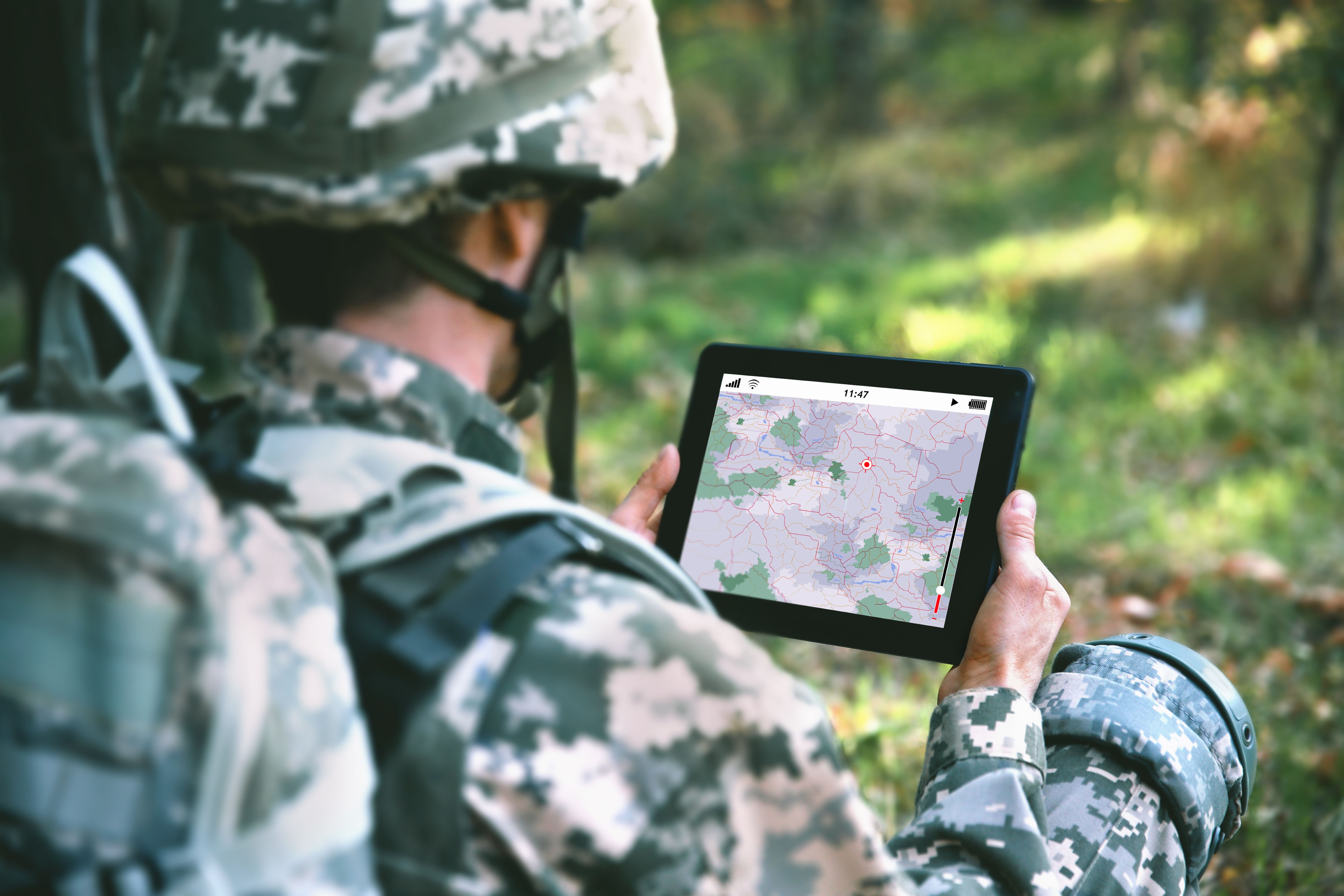
On February 24th, 2022, after months of cyberattacks, social media propaganda, and false flag operations, Russia invaded Ukraine for a second time in less than 10 years. Russia clearly expected this to be a short fight that would allow them to capture valuable Ukrainian Territory and send a warning to NATO not to expand by offering Ukraine membership. They would be disappointed. Ukraine would fight back, and hard, using a lethal combination asymmetric warfare, technological innovation, and adaptation at speed and scale to counter the Russian invasion which was superior numbers in both equipment and personnel. Ukraine’s warfare tactics were coupled with the will of the entire nation to protect its people and its national sovereignty. The entire nation fought for its survival, creating technology and products across the country in industries such home-based drone construction. The support in funding, military hardware, and supplies provided by the US and Europe has been a key to Ukraine’s ability to defend itself element for which the Ukrainian people and government have been vocal in their thanks. However, with the constant wavering of congress during the Biden administration and the Trump administration’s utilization of military aid as economic negotiation chip, the Ukrainians have had to make that support stretch as far as possible. This includes flexing operations to obfuscate from Russia where they might be thin on defenses, particularly air defense munitions. The expansion of drone warfare across all domains has created a significant amount of innovation in trying new systems as prototypes and adapting them to a changing battlespace. The use of small (7 meter) surface drones outfitted with a wide array of weaponry from heavy automatic weapons to short range cruise missiles has resulted in a significant reduction in the from the X Class cruiser to the first ever cruise missile kill of a submarine. This is from a nation with a navy consisting of 3 coastal patrol cutters and no capital ships. Ground based drones are used for everything from ammunition resupply to medevac of wounded soldiers. Air based drones now include more than a dozen different types and configurations. Ukrainians are using small and medium drones to deliver supplies to hot zones, and attack drones to combat everything from tanks and heavy artillery to individual soldiers. Large long-range multifunction drones are being driven by ex-pilots too old to fly planes while planes too old to fly people (single engine Cessnas) are outfitted with autonomous controls and a few hundred kilos of explosives. The high volume of drones in use by both sides has impacted the entire battlefield. The depth of the front lines increased to 15km with covered trenches on both sides. While the Russians are fielding their best fighters to cover the airspace across the battlefields, the heavy usage of drones and the danger they present to both sides has ensured that neither side has gained what is traditionally called “air superiority,” or control of the sky above the battlefield. Ukraine’s defense of its sovereignty has highlighted the powerful role and force multiplier of Electromagnetic Maneuver Warfare. Electronic Warfare (EW) has always been a cat-and-mouse game with the role of cat and mouse reversing depending on the day and the capability on the battlefield. EW is used every day by both sides and is continuously adapting, both defensively and offensively. It is a significant leveler in shaping the battlefield whether suppressing adversary drones or creating an electronic safe zone for operations. Ukraine is rapidly updating software, often two to three times in a week, in some of its drones to operate against Russian counter-drone technology. EW has proven itself effective from the strategic (emitter reconnaissance) to the individual (wearables that protect individuals against drone attacks). Intelligence surveillance and reconnaissance (ISR) systems have been critical to making all these systems work together to create an understanding of the battlefield and coordination of effort. A national level C2 ISR systems, called Delta , was developed by two Ukrainian army Majors. They have connected over one hundred brigades into a single ISR system. A key enabler for this has been the adaptation of software and hardware systems that were never meant to connect or work together. One example is finding ways to tie a US made AN/TPQ-48 radar into an old Soviet era command and control system as part of their national level ISR network. The Ukrainians have been constantly using technology to adapt and innovate daily in order to counter an aggressor with significantly more “mass” in forces. There are valuable lessons to be learned for the US in how we look for the future of force structure and how to handle potential conflicts. For example, the discussion on the need for mass describes the need for hundreds of combat and logistics ships to counter the tyranny of distance in the INDOPACOM Area of Responsibility. Yes, we are planning to use drones in future warfare but are we taking them seriously as a potential replacement for multi-billion dollars combat ships or just a nice to have adjunct of limited combat power? Some of the lessons could also support solutions for combatting superior numbers of advanced weapons such as hypersonic and anti-ship missiles. Perhaps it is time to take a lesson from Ukraine’s fight and start mission modeling the asymmetric uses of technology to counter the distance and mass problems in future warfighting scenarios, as well as our difficulty in building large warfighting systems at scale and speed.
